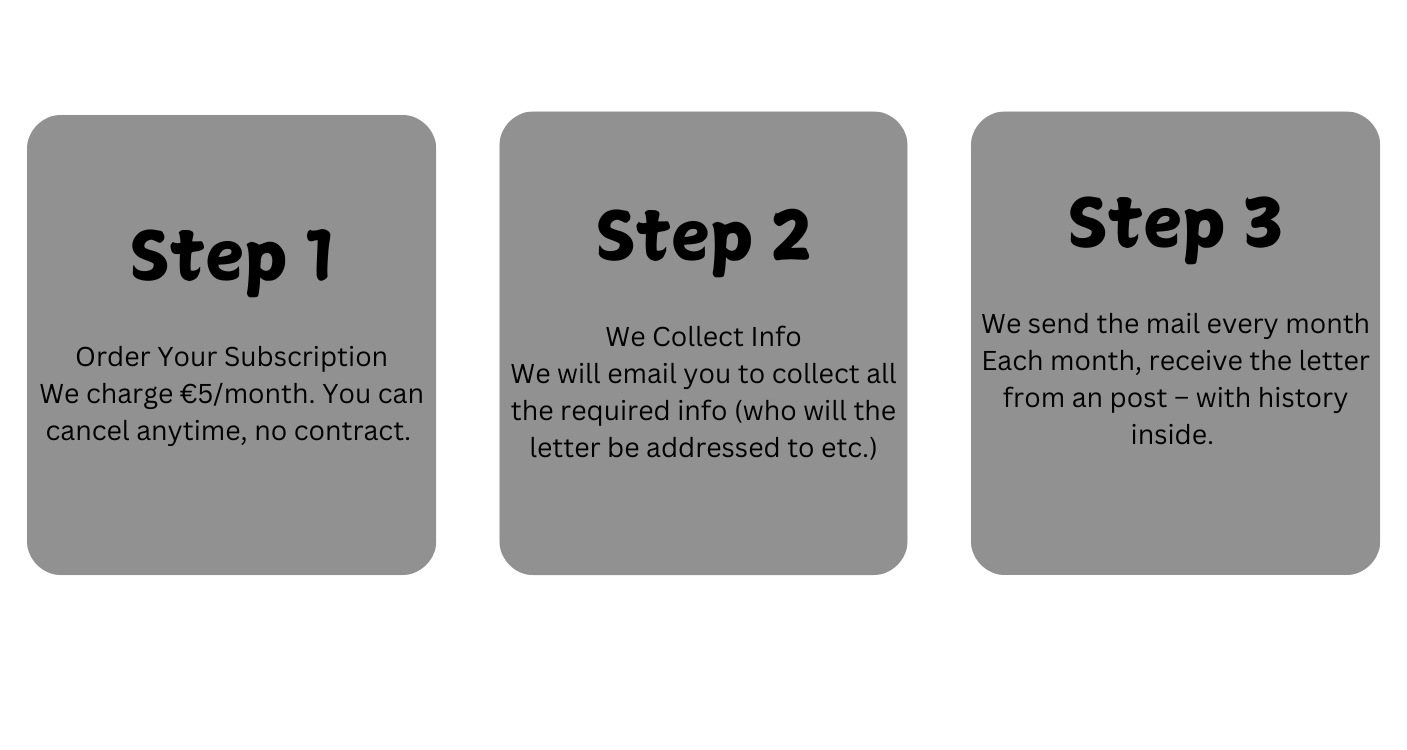Finding a job in Italy today can be quite challenging due to various economic, cultural, and structural factors. To understand the complexity of the job market, we need to look at the general employment situation, specific professions, and regional differences.
Thank you for reading this post, don't forget to subscribe!General Employment Situation

Unemployment Rates: Italy faces a high unemployment rate of around 12%, with youth unemployment (ages 15-24) reaching a staggering 40%. This is among the highest in Europe and poses significant challenges for job seekers, particularly young graduates.
Economic Factors: The Italian economy struggles with several issues, including high taxation and limited investment in innovation. Many companies are small to medium-sized and focus on survival rather than growth. This environment limits opportunities for high-paying, innovative jobs and affects overall job availability.
Education and Innovation: Italy has one of the lowest rates of higher education attainment in Europe. The lack of a highly educated workforce further hampers the country’s ability to innovate and compete with more advanced economies in Northern Europe and low-cost manufacturing hubs in Asia.
Challenges for Specific Professions
Certain professional fields in Italy face particular difficulties:
- Architects and Civil Engineers: The construction market is in crisis, leading to limited job opportunities and low salaries for these professionals.
- Lawyers: Many struggle to find well-paying positions and often work for little to no pay initially to gain experience.
- Humanities Graduates: Despite Italy’s rich cultural heritage, graduates in fields like history, archaeology, and languages face tough job markets.
- Psychologists: Five years after earning a degree, many psychologists earn an average of just €700 per month, well below the national average salary of €1,570.
Regional Disparities
There is a significant disparity between the northern and southern regions of Italy:
- Northern Italy: Generally more industrialized and economically developed, offering more job opportunities, especially in cities like Milan, Turin, and Bologna.
- Southern Italy: Characterized by higher unemployment and poverty rates. Regions like Calabria are among the poorest in Europe, with limited job opportunities for professionals in advanced fields.
Work Culture and Employment Stability
Public Sector Jobs: Public sector positions are often seen as secure but are plagued by issues such as nepotism and corruption. Many public jobs are used as a safety net for less competent individuals or those who secure positions through connections rather than merit.
Private Sector Jobs: The private sector in Italy is characterized by stringent labor laws that make it difficult to fire employees, leading to a preference for job stability over dynamic, high-risk positions. This contrasts sharply with more flexible labor markets, such as in the United States.
Additional Factors Affecting Job Search
Economic Issues: Italy’s economic troubles, second only to Greece in severity within the EU, create a challenging environment for job seekers. The fiscal pressure is high, and public services do not offer the same level of support seen in other high-tax countries like Germany.
Cultural Attitudes: Italian workers often prioritize job security and stability over high salaries and challenging roles. This cultural preference can limit the dynamism and adaptability of the labor market.
Conclusion
Finding a job in Italy today is indeed difficult due to a combination of high unemployment rates, economic challenges, regional disparities, and a work culture that values stability over innovation. Specific professions, especially those in humanities and construction-related fields, face particularly tough job markets. Additionally, the public sector’s issues with corruption and nepotism further complicate the employment landscape. Despite these challenges, understanding these factors can help job seekers better navigate the Italian job market and identify opportunities that align with their skills and expectations.
 Categories
Categories
 Discover Italy
Discover Italy
 Life
Life
 Travel
Travel
 Nature
Nature
 Explore Food
Explore Food


























